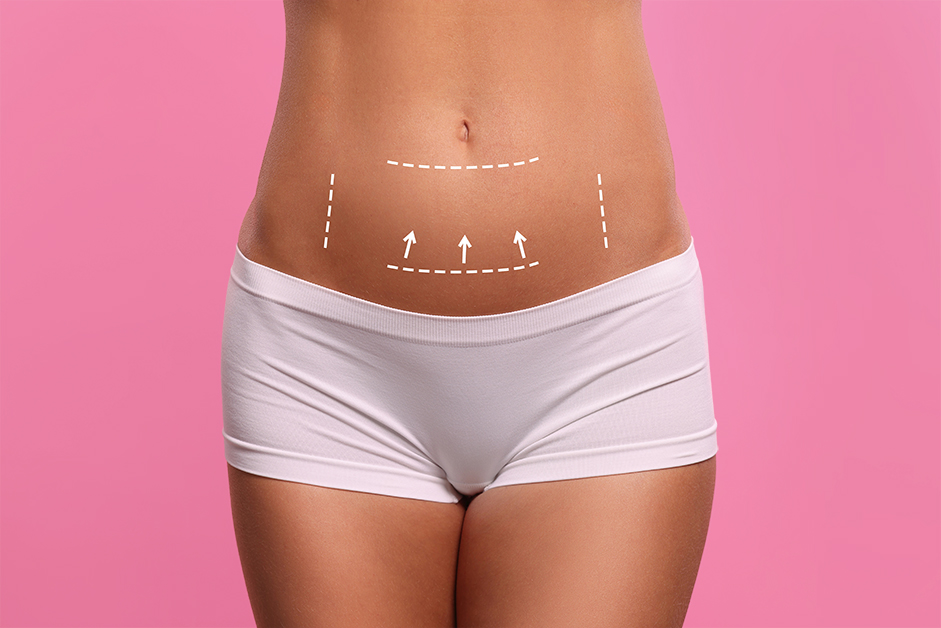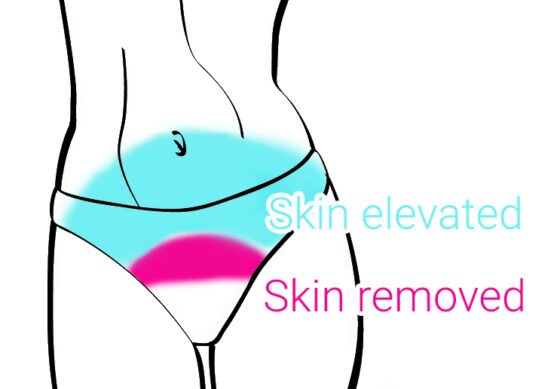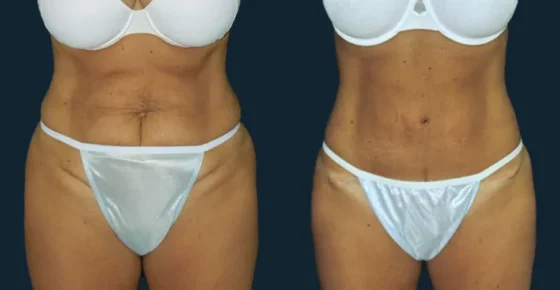
I’m sitting here waiting for my next case, a Mini Tummy Tuck. It makes me think about how much patients love the idea of “mini” procedures. A mini facelift, a mini tummy tuck, a mini-this and mini-that. The word mini just makes it sound more appealing.
And it’s natural. We all want maximum results for minimal effort. If there is a way to address a problem with less downtime, a smaller scar or no scar, less surgery, why wouldn’t we be interested?
But here’s the truth: mini procedures are limited versions of the original procedures. They are designed for patients who have minimal problems to correct. That’s why I always remind patients that mini procedures can also mean mini results.
That doesn’t mean they aren’t worth doing. For the right person, a mini tummy tuck can create just the right amount of change. But not everybody is a good candidate, and part of my role as a plastic surgeon is helping you understand where “mini” can be enough, and where a full procedure would be the safer, more effective choice.
What is a Mini Tummy Tuck?
A mini tummy tuck is exactly what it sounds like: a smaller version of a traditional tummy tuck, designed only for the lower abdomen. Unlike a full tummy tuck, which addresses loose skin and stretched muscles both above and below the belly button, the mini tummy tuck focuses only on the area beneath it.
What does that mean in practical terms?
- Muscle tightening: The surgery repairs the lower abdominal wall if it has stretched, often from pregnancy.
- Skin removal: A small amount of loose skin just above the pubic area can be removed, but this is not a significant skin-tightening procedure.
- No belly button changes: Because the surgery stays below the navel, there is no need to reposition the belly button.
- Shorter scar: The incision is smaller, often hidden within a C-section scar or low across the pubic line.

For patients who are otherwise fit, but bothered by a stubborn “pooch” or pouch below the belly button, this targeted procedure can be the right solution.
But, and this is important, the mini tummy tuck does not reshape the entire midsection the way a full tummy tuck can. Patients with more extensive loose skin or muscle separation above the belly button are better candidates for the full version.
If you’d like to see a visual comparison of the full and mini tummy tuck, take a look at this article where I explain the difference.
Mini tummy tuck addresses lower abdomen only
The patient we are operating on today is athletic, not overweight, but after a pregnancy developed a pouch below the belly button which she just could not get rid of.
A no-scar umbilical mini tummy tuck avoids a low abdominal incision because there’s no need to remove extra skin.
Use AI to summarize:
When she first came in, she asked about liposuction. That’s a very common request. Many patients assume that removing fat will solve a lower belly bulge. But her real problem was that the muscle in her lower belly had been stretched by pregnancy. This can’t be tightened by exercise or fixed with lipo alone. You need to tighten the muscles by sewing them together like a corset.
If her skin had been a little firmer (less laxity), I could have done the entire case through the belly button leaving no visible scar. (no visible scar). Since her skin is a little loose and she already has a C-section scar, I will use this scar as a way to get in and tighten the muscles.
Liposuction compliments Mini Tummy tuck
I will also liposuction around her waist. That bulge around the waist is the last thing you lose on a diet and the first to come back when you gain a couple of pounds.
It also has a big visual effect when you look at yourself from the front. Liposuction here has a big visual impact because it makes you look sleek from the waist to the hips.
It’s a simple addition, but it has a powerful visual effect. The mini tummy tuck flattens the lower belly, while liposuction sculpts the waist. Together, they balance the midsection and create a shape that looks athletic and natural.

Who is (and isn’t) a Candidate for a Mini Tummy Tuck
The patient I’m about to operate on is a great example of the kind of person this procedure was designed for. She’s fit, not overweight, and her only concern is a small pouch below the belly button caused by pregnancy. Her skin tone is good everywhere else, and the muscle laxity is limited to the lower abdomen. he represents the kind of candidate who benefits most from a mini tummy tuck.
In general, good candidates include:
- Patients who are otherwise fit or athletic
- Those with a mild lower belly bulge or “pooch” below the belly button
- Post-pregnancy patients with localized muscle laxity but good skin tone overall
- Patients who accept that this is not a dramatic skin-removal operation
By contrast, patients are not good candidates if they have:
- Loose skin or stretch marks above the belly button
- Significant muscle separation (diastasis) running higher up the abdomen
- Generalized skin laxity, often after weight loss
- Expectations of a dramatic result from a “mini” procedure
For these patients, a full tummy tuck is often the better choice. It can remove more skin, repair the entire abdominal wall, and reposition the belly button.
Recovery & Scar Expectations after a Mini Tummy Tuck
Recovery from a mini tummy tuck is generally easier than from a full abdominoplasty, but it still requires downtime and care. Patients often feel sore in the lower abdomen for the first few days, but most describe it as manageable with oral medication.
Because the surgery is limited to the area below the belly button, the scar is shorter and easier to conceal. In many cases, it can be placed low across the pubic area or even within an existing C-section scar. This makes it possible to hide the incision under underwear or a swimsuit. In some instances I can perform the entire procedure through the belly button itself, leaving no visible scar at all.
Most patients return to light activity within a week or so, though I recommend avoiding strenuous exercise and heavy lifting for several weeks. Swelling will improve steadily, and results become easier to appreciate as the tissues heal and the waistline begins to settle into its new shape.
The outcome is not as dramatic as a full tummy tuck, but for the right patient, it can deliver exactly what’s needed: a flatter lower belly and a smoother transition from waist to hips.
Time to go. I’m really going to enjoy this case!
Dr. Rodriguez
Over 25 years experience
1,000+ tummy tucks performed
(article originally published on Oct 27, 2005)



